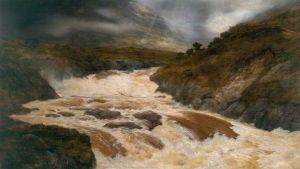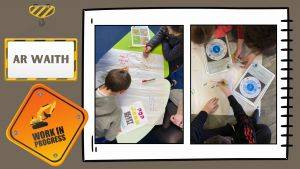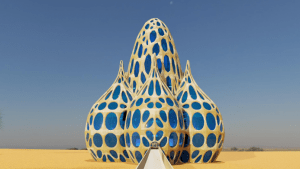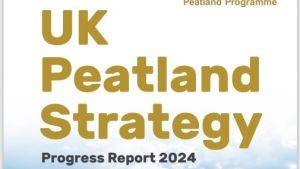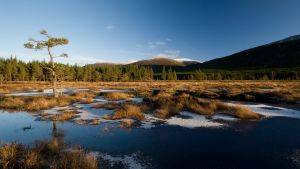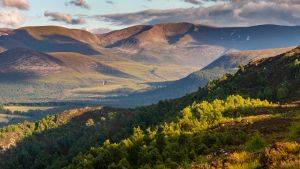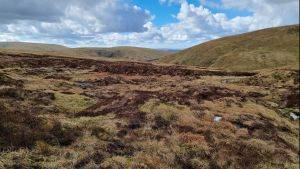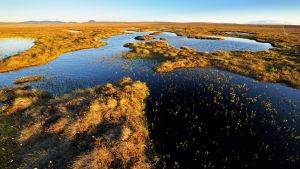Malham Tarn: Rewetting the Bog
Introduction
Supported by Biffaward, the National Trust has begun an extensive restoration programme for the Malham Tarn area.
Description
Malham Tarn and its wetlands form the focal point of the Malham Tarn Estate, located in the Yorkshire Dales National Park. Malham is internationally recognised for its geomorphology and natural history. The tarn and wetlands sit at the centre of a basin created by glacial erosion during the last ice age, and in some places overlie superficial deposits left by the glaciers on their retreat. As a result of this, these wetlands receive water from a range of mechanisms. This hydrological complexity has created a diversity of habitats, including watershed and seepage mires, a rain-fed raised bog and a habitat mosaic of interspersed bog and floodplain mire. Malham’s raised bog and habitat mosaic are of particular conservation importance. Forming adjacent components of Malham Tarn National Nature Reserve, both the raised bog and the habitat mosaic lie alongside one of Malham Tarn’s banks. In the past, these areas have been subject to considerable damage from peat draining and cutting, grazing, burning and mowing. Intact raised bogs are encircled by a lagg fen where water draining from the bog meets surrounding mineral soils, which have a characteristic vegetation. As with sphagnum on the peat, this vegetation requires a raised water level, but complete inundation kills the plants. The installation of a sluice gate across the tarn’s outflow in 1791 raised its water level by 1.3 metres, destroying the lagg vegetation lying between the west shore and the bog. As a result of this, the bog’s peat mass is no longer protected from erosion by the Tarn, which is both destroying the peat directly and damaging the hydrology of the bog by lowering the profile of the water table across the entire bog surface, since water drains rapidly into the tarn instead of slowly through the fen.
Restoration Delivered
As part of the restoration process, a network of dip wells to measure water level changes has already been installed on the bog, and progress is monitored as part of an ongoing grip-drain blocking strategy. Further work is being planned to complement these projects with water quality assessments of the sources fed by the agricultural catchment. The restoration process will be consolidated with other interests on the National Nature Reserve by realising a joint National Trust/ Natural England management plan that sets out a programme of improvement for the reserve and its catchment.
Site Activity
An eco-hydrological survey was instrumental in gaining a better understanding of the Malham Tarn wetlands. The survey produced a hydrological model, which helped to formulate proposals for rewetting the bog and mitigating further peat erosion. In 2003, a small herd of Dexter cattle were introduced to graze 6.5 ha of the fen habitat. The aim was to increase the area of alkaline fen by removing willow scrub, using the cattle to maintain the open area. Due to their small size, Dexters are an ideal breed to use as they do less damage to the wet ground. Carried out through the Limestone Country project, a partnership project jointly managed by English Nature, Yorkshire Dales National Park Authority and the National Trust, this method has proved successful. On land with cattle, the area of alkaline fen in favourable condition has been maintained, and the area in recovering condition has increased.
Project Name: Malham Tarn: Rewetting the Bog
Organisation / Lead partner: National Trust
Location: Malham Tarn, Yorkshire Dales National Park
Predominately: Upland
Peat Habitats: Lowland raised bog, Fen
Project Type: Restoration

